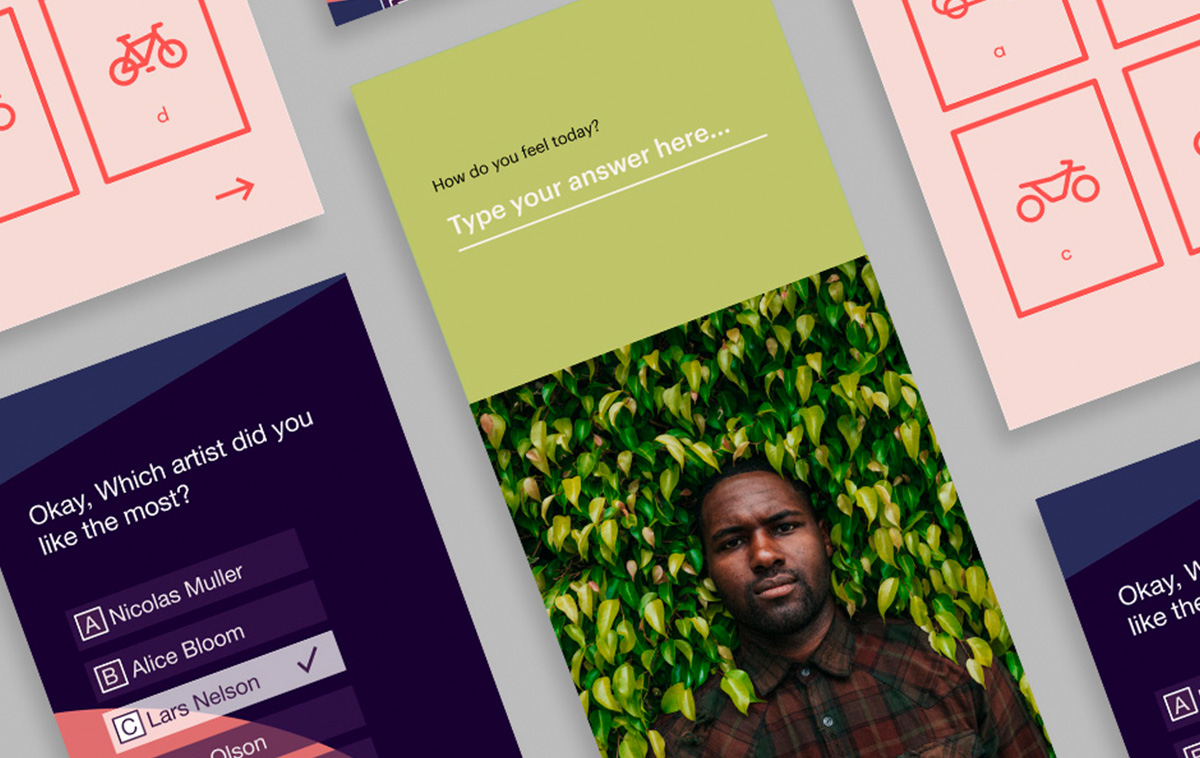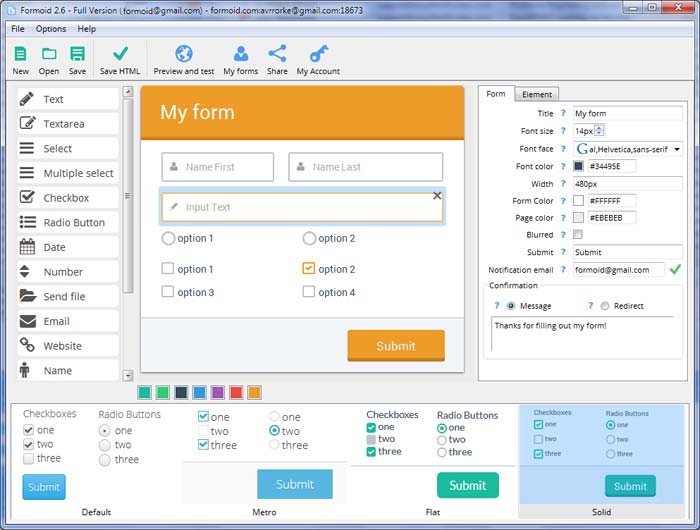
Notice that the label1 text changes to Hello World!.Ĭlose the Form1 dialog box to stop running the app. Select the Click this button in the Form1 dialog box. It will include your Click this button and text that says label1. But outside of the IDE, a Form1 dialog box appears. In the Visual Studio IDE, the Diagnostics Tools window will open, and an Output window will open, too. Select the Start button to run the application. In the Form1.cs window, after the private void line, type or enter lblHelloWorld.Text = "Hello World!" as shown in the following screenshot: (Alternatively, you can expand Form1.cs in Solution Explorer, and then choose Form1.) In the Form1.cs window, double-click the Click this button to open the Form1.cs window. In either the Design section or the (DataBindings) section of the Properties window, change the name of label1 to lblHelloWorld, and then press Enter. Select the Label control from the Toolbox window, and then drag it onto the form and drop it beneath the Click this button. Now that we've added a button control to create an action, let's add a label control to send text to. If you've alphabetized the list in the Properties window, button1 appears in the (DataBindings) section, instead. In the Design section of the Properties window, change the name from button1 to btnClickThis, and then press Enter. To do so, select View > Properties Window. (If you don't see the Properties window, you can open it from the menu bar. In the Properties window, locate Text, change the name from button1 to Click this, and then press Enter. Select the Button control and then drag it onto the form. Or, press Ctrl+ Alt+ X.)Įxpand Common Controls and select the Pin icon to dock the Toolbox window. (If you don't see the Toolbox fly-out option, you can open it from the menu bar. Select Toolbox to open the Toolbox fly-out window.

We'll create a "Hello World" application by adding controls to the form, and then we'll run the app. Then, select Create.Īfter you select your C# project template and name your file, Visual Studio opens a form for you. In the Configure your new project window, type or enter HelloWorld in the Project name box. Then, return to step 2 in this " Create a project" procedure.
#Web form builder on windows 10 install
Next, select Continue to install the workload. You might be prompted to save your work if so, do so. NET desktop development workload.Īfter that, select the Modify button in the Visual Studio Installer. Next, in the Visual Studio Installer, select the.

In the Not finding what you're looking for? message, select the Install more tools and features link. If you do not see the Windows Forms App (.NET Framework) template, you can install it from the Create a new project window.


 0 kommentar(er)
0 kommentar(er)
